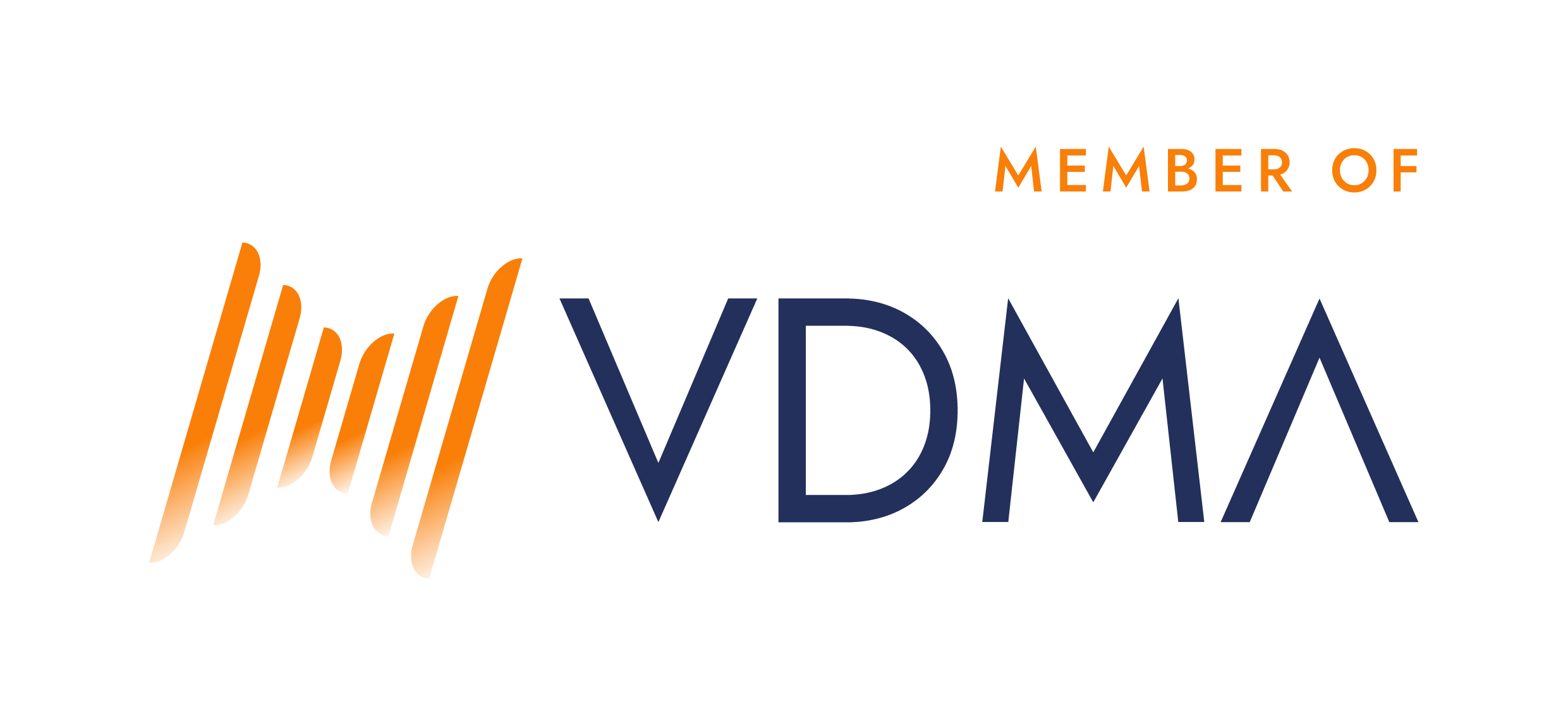Algorithms as learning and writing substitutes
Write yourself or let yourself write? Asking this question already shows a certain intelligence. Anyone who considers this is aware of the problem oresource efficiency. However, when learners, who are supposed to prove their own text competence, use a texting algorithm, teachers have to sit up and take notice. The technological and application-related, but also the socio-cultural perspective of AI will be illuminated at a teacher symposium in Esslingen at the beginning of September.
“AI – A Challenge for Schools” is the title of the Centre for School Quality and Teacher Training (ZSL) Baden-Württemberg’s third “Artificial Intelligence Conference”. Indeed, in addition to tangible cyber threats such as worm or fraud GPT, large language models also harbour massive plagiarism and general usage problems at schools. At the event, which ZSL is holding on 4 and 5 September together with the Institute for Educational Analysis (IBBW) in Esslingen, asvin CEO Mirko Ross will show on the panel on 4.9 how AI can be “broken” in order to defuse its threat potential.
“So-called artificial intelligence is nothing more than adaptive software that is trained with huge amounts of data and can thus give the impression of being smart or creative,” Mirko Ross puts the currently staged increase in the importance of AI into perspective. The task of educational institutions could therefore be to further close the mind-gap among teachers in order to comprehensively convey the potential of AI, machine learning and large language models. Only then, says Ross, “will learners and later trainees or students be able to seize their career opportunities in an increasingly rapidly transforming digital economy or administration.”
About asvin:
asvin offers products to ensure system security on software supply chains. Corporate and public sector decision makers are able to run their Operational Technology (OT) securely with asvin risk analysis software. They can use it to distinguish between less critical and highly critical security vulnerabilities and close them in a prioritised manner. This saves staff time, keeps cybersecurity budgets in check and hardens OT.
Contact:
Konrad Buck, Press Officer





